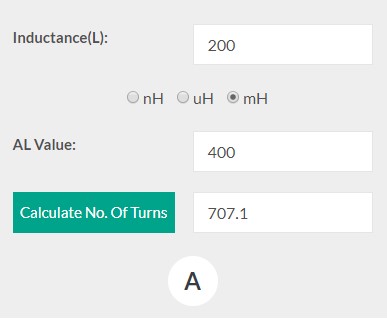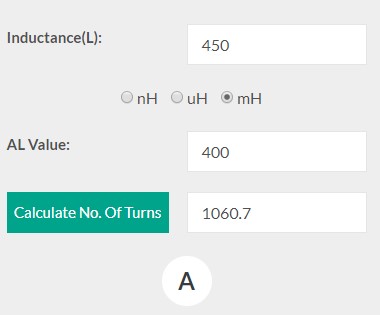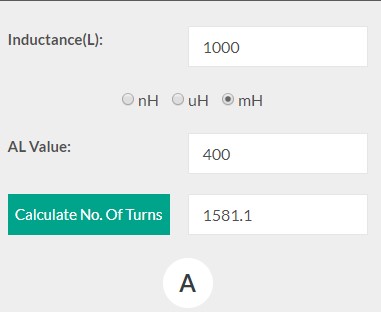I think the correct way to shield inductors is the same principles as shielding transformers and is very much a case of 'whatever you can find and fit' - for pcbs of the pot-core type with solder pins, it is tricky for reasons of pcb space etc.
Hence my own 'home brew' effort - the good thing about oep cans is they have the fully enclosed 2-piece shield, which I think is important .. ie. it is a can with a seperate 'lid' [that has pin-thru holes in the oep small transformer footprint].
I myself am a big fan of 'offboard mounted' inductors in a larger iron can and with flying leads, but that's not always practicable

Kind of Pultec style where it is very useful.
Of course, the other approach is to have an enclosure for signal units with a remote psu ... that can work well providing you don';t have any other strong e-m sources nearby to the signal unit.
ie. as the originals do and other formats, like 500 series modules that have a fully enclosed steel frame.
...
For my own part, all I can say for sure is that 'some inductors are noiser than others' and if best results are to be obtained, one needs some kind of strategy and it is clearly defined by part choice and physical build arrrangements.
On my 553eq I used some really well manufactured 'Collins' [aircraft electronics] toroidal inductors that are enclosed in a bakerlite type of material [could just be plastic] that I think has some shielding powder in the mix ... they worked far better than the stock 'E-I frame' type cored inductors. I believe the Q-factor was much 'steeper' as well ... [could be wrong!]
But for neve-e types, obviously the options are more limited, given the multi-tapped nature of the inductor. I do like the Sowter can arrangements the most of all, but of course they are premium priced and so on.
.. edit
- here's a pic of a 'before' and 'after' on the mid bands of a 'chinve-e 81' - before is a hokey circular pot core with some crazy giant ceramic 'cup' that it sits in with a screw in the middle ... multi tapped with a weird footprint on the pcb.
- 'after' is a carnhill inductor in an oep shield - quite neat actually, I thought ... all sits in a 1ru height wih no pcb hacking at all. The big green wire in the pic is a 'shield' ground or 'highway to h*ll' in the form of brute force grounding .. that I was measuring the improvements on etc.
BIG improvement on bass boosted things (hum and buzz wise) when implemented on all the inductors, on a pair of units.
Quite a job - think it was a good number of them I had to knock on the head ...























